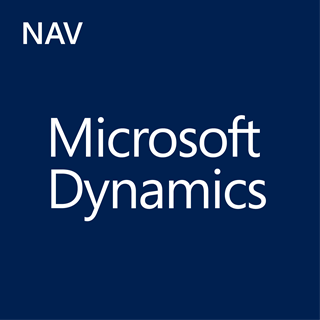Assembly Management versus Manufacturing in Microsoft Dynamics NAV
ingevoerd op 09-07-2015
As many of you may know, Microsoft Dynamics NAV (since version 2013) includes a feature called Assembly Management. It is described as a set of features designed for companies that supply products to their customers by combining components in simple processes, such as assembly, light manufacturing, and kitting.
At this point it may be tempting to ask yourself and your sales consultant: with this definition, isn’t Assembly Management in essence the same as Manufacturing? That’s a fair question that will be raised in many sales and implementation situations.
The quick answer is yes, it certainly is, insofar as it belongs to the same category of business processes that represent the conversion of a set of products into a different or new product: Manufacturing typically concerns itself with converting (changing the physical nature of) raw materials into finished goods, kitting puts together end-products into a sellable unit, and assembly is often a hybrid of the two.
Now, as the standard application suite for Microsoft Dynamics NAV includes both Manufacturing and Assembly, how are we to know the subtle difference between the two and to decide which module fits the business and project budget best? Here is some guidance.
Let’s start from reminding ourselves that Microsoft Dynamics NAV Manufacturing is a rich functionality that covers a broad selection of discrete production processes and industrial demands. It is meant for manufacturers that operate with multi-stage production processes, with specialized activities at each work operation, long production lead times that result in WIP, versions of BOMs, and have a need for capacity load optimization and control.
Theoretically, of course, with the right setup and user training, Manufacturing feature set could also support lighter production and assembly processes. However, the fact is that due to its scope, complexity, maintainability, price, customers, especially in the small and mid-size segment, have been walking away from the Manufacturing solution. It is simply not suitable or cost-efficient for them. At those customers, an assembly task often means picking a set of items and packing them into one box that is sold as a kit, making the “production process” a part of regular warehouse operations. For other businesses, the work and labor involved in producing a final assembly is relatively short and consists of very few simple operations that do not warrant the setup and control of work centers, routings, or capacity load calculations.
Those light manufacturers, wholesalers, and retailers are looking for a simple manufacturing solution that allows them to manage the conversion process through one-entry-point interface, with minimal setup effort, using employees without university degrees in production engineering, and for an affordable price. And they are the target audience for the new Assembly Management functionality. The assembly granule is included in the Starter license package, comes with minimum setup requirements, supports companies that run both assemble-to-order and assemble-to-stock processes, and is fully integrated with the entire Microsoft Dynamics NAV supply chain suite.
This is also good news for existing customers with assembly and kitting needs, who in the past had little choice but to get the basic Sales BOM journal (as part of Starter license package) and then buy consulting and customization hours from their partner to bring the solution to the desired functional level. Admittedly, this approach did not represent an ideal situation. Partners would in effect have to first build a basic horizontal foundation for the assembly/kit process (as simple as it may be, it is still a manufacturing process) before taking it further into a vertical (if time and budget permitted). Many partners acknowledged that solutions built this way are poorly integrated and remain at the core level rather than support vertical industry needs.
So, with Assembly Management joining the total supply chain offering, new and existing customers will now have more options to consider when deciding what “manufacturing” functionality they need and how much to pay for it. What we have also understood is that at its heart, the new Assembly Management has the same conversion process as a true manufacturing module – it just has a lesser scope, simpler interface, fewer setup options and maintenance requirements, and is cheaper. With this in mind and especially with regard to the latter, should we now not expect that the same license alternatives will also be considered by the manufacturers, who will be tempted to shy away from the core Manufacturing functionality?
Tempted, yes, but upon closer examination and with partner guidance, customers engaged in full-blown manufacturing activities will come to see that Assembly Management may not be the right solution for them. The least desirable situation to find yourself in would be to choose the assembly module and then start paying your partner to beef up the Assembly Management feature, for example, to allow BOM versioning, or to enable work-in-process management, or to support multi-stage production processes. By design, the Assembly Management feature safeguards its conceptual boundaries and protects it from being turned into a full-scope manufacturing.
This is not to suggest that manufacturers shall not be interested in Assembly Management. It is easy to imagine an operational setting where a company will rely on manufacturing modules to support their production activities and then use the assembly feature, to-stock or to-order, when selling the produced products in sets or kits to its customers. Moreover, an item’s production BOM may include a subassembly with assembly BOM, an efficient way to ready several components for a work center as one set.
 Dynamics NAV
Dynamics NAV